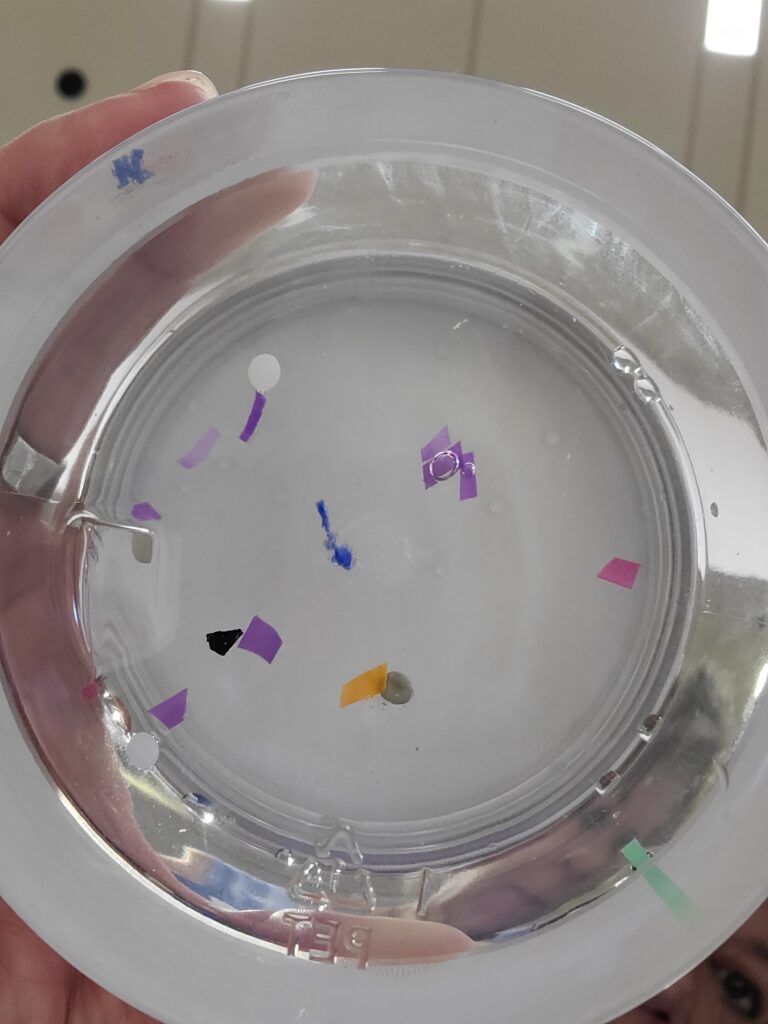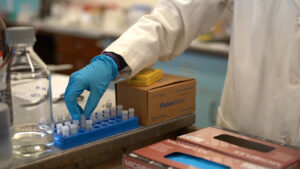How much plastic is in the Great Lakes?

Microplastics are turning up everywhere, including our water, our food, and even our bodies. And the Great Lakes are no exception.
Ripples of Plastic is a documentary from Ohio filmmakers Chris Langer and Josh Heese that investigates how plastic pollution is making its way into the largest freshwater system in the world.
Great Lakes Now
https://www.greatlakesnow.org/2025/06/how-much-plastic-is-in-the-great-lakes/

















